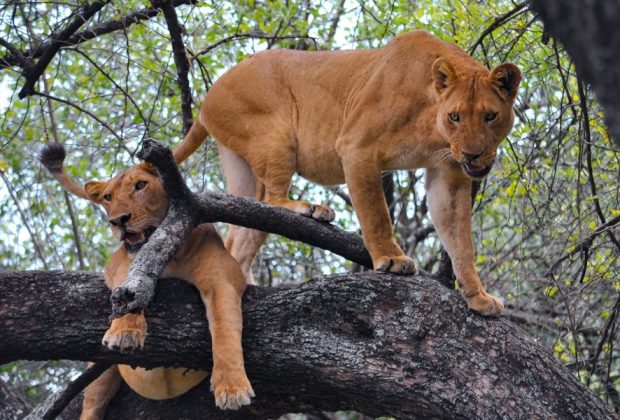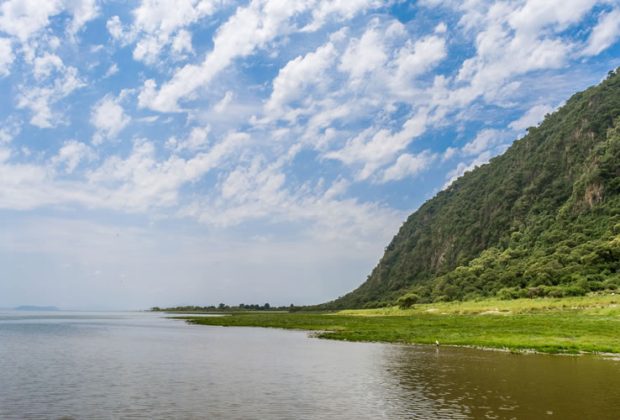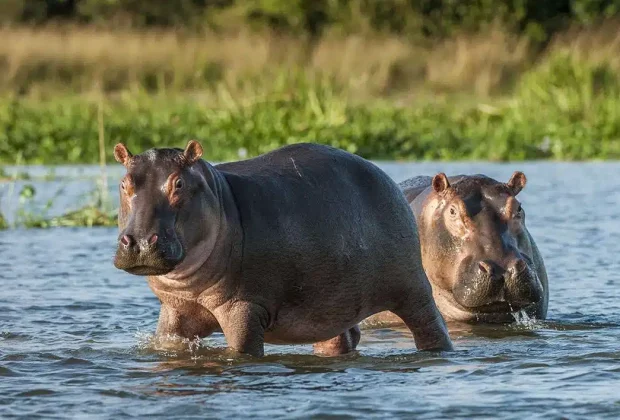Lake Manyara National Park
Lake Manyara National Park
Lying about 60 miles west of Arusha, just south of the Ngorongoro Highlands, this is a thin strip of land sandwiched between the rift wall and the lake itself. Famed for its tree-climbing lions, the park has a great population of game, including elephant, lion and buffalo.
Lake Manyara National Park is scenically stunning, dramatically located under the sheer wall of the Rift Valley escarpment. Wonderfully diverse with evergreen forest, escarpment, acacia woodland and lake shore, the location of Lake Manyara, in particular the northern section, means it is perfectly placed for a short visit en-route to or from the Ngorongoro Crater and Highlands or the Serengeti National Park.
As somewhere you can see a large variety of mammal and bird species quickly and closely, it’s a good starting point for any Northern Tanzania safari – particularly for children, the very impatient or the short sighted.
It’s somewhere you can see a large variety of mammal and bird species closely and also one of the few parks where it’s possible to head out on night drives to spot a variety of nocturnal species.
The farther south you roam, the richer the experience often becomes and you can enjoy more solitude. The park works well in combination with visits to other parks in Northern Tanzania. Lake Manyara often is somewhere that benefits much more from a contemplative approach for which time, and a visit to the far south of the park is necessary.
The Lake Manyara area is characterised by two seasons, the dry season and the green season, both equally inspiring.
Lake Manyara welcomes rainfall between November and December. From January to March, though still in green season, the rain lessens. The sky is clear and sunny with longer days and average temperatures of 30 degrees – a wonderful time of year for walking the shores of Lake Manyara… April and May can see heavy rainfall.
From January to April there are many animals roaming around the park, such as elephants, zebras and wildebeest. The vegetation is luscious due to the abundance of water, making for a stunning time to visit the park.
The beginning of June marks the beginning of the dry season. As water becomes limited, it’s easier to predict the behaviour of the animals making sightings more frequent. Any animals that left the park during the rains usually return by early June, so you can expect to see elephant, buffalo, hippo, baboon and predatory animals such as lion and leopard.
Book Your Tour With Choice
Book Your Tour As Your Choice With Tailor Made Tour
Whether you are ready for Tanzania Safari Dream or Kilimanjaro Adventure or Beach Relaxation for a few days or a few weeks long, our experts will create an itinerary from scratch, fully tailored to your wishes. Want to visit a beautiful destination or start an adventure to reach the top, or relax in a paradise, we will make it happen.



